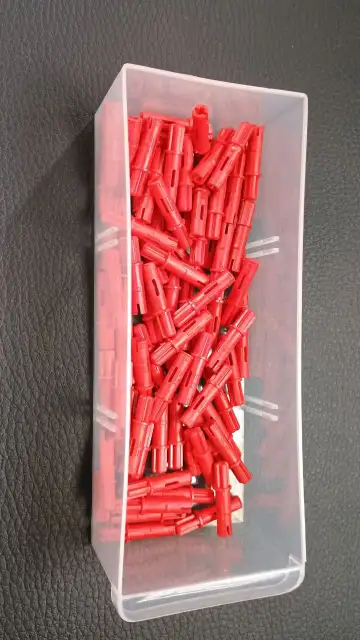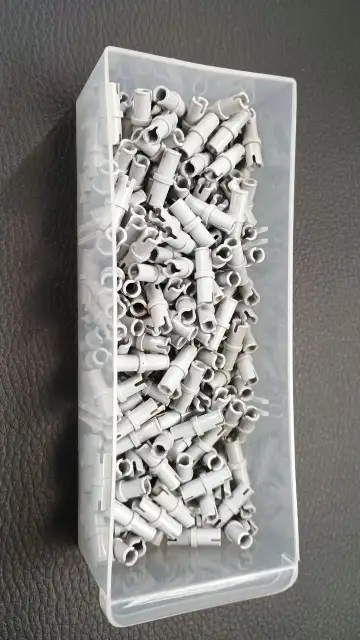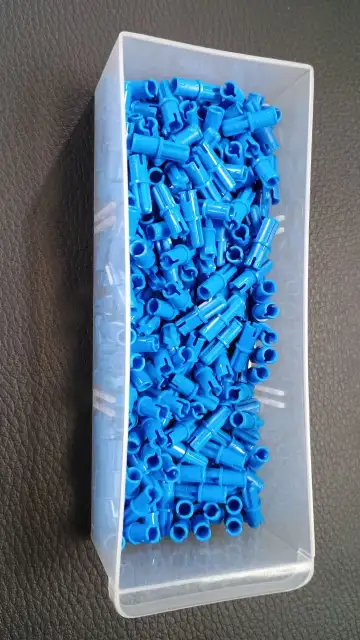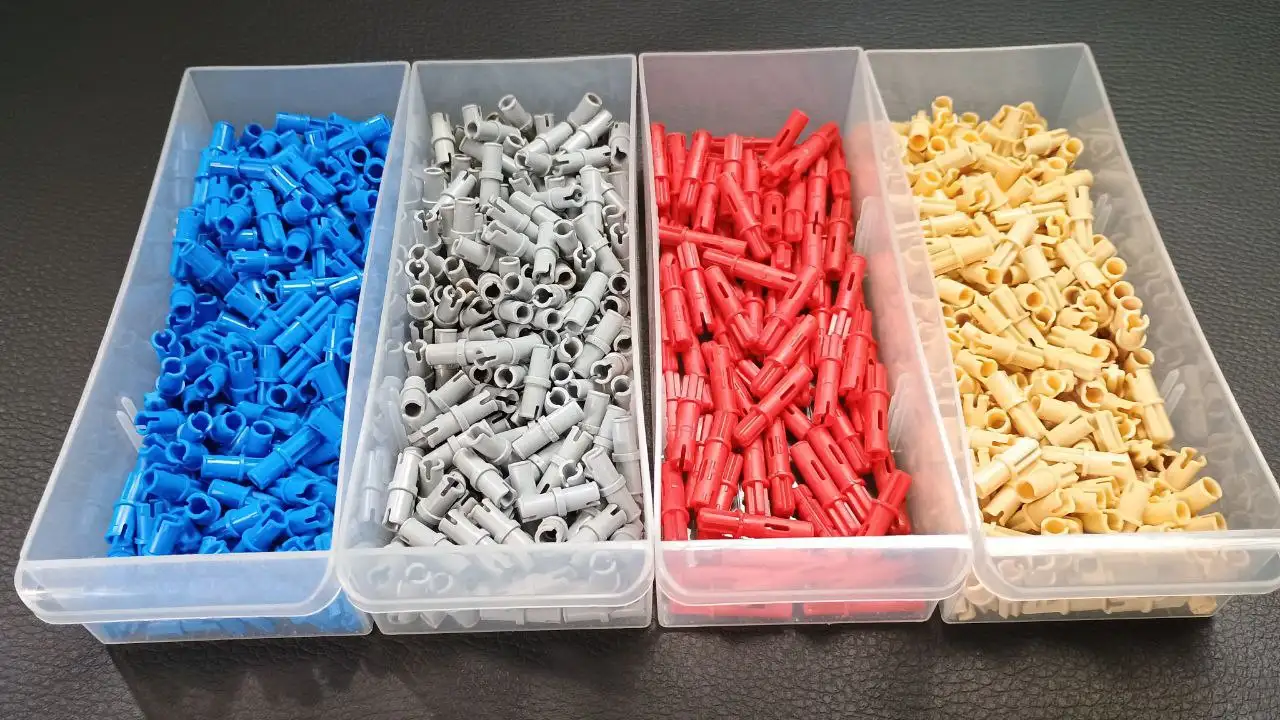Exploring LEGO Technic Pins and Liftarms: The Building Blocks of Advanced Mechanics
LEGO Technic sets are renowned for their intricate designs and ability to mimic real-world machinery. Central to these advanced builds are two fundamental components: pins and liftarms. Understanding these elements is crucial for any LEGO enthusiast looking to master Technic creations.
The Importance of Technic Pins
 Technic pins are the small, cylindrical connectors that hold Technic pieces together. Despite their modest size, they play a critical role in the stability and functionality of LEGO Technic models.
Technic pins are the small, cylindrical connectors that hold Technic pieces together. Despite their modest size, they play a critical role in the stability and functionality of LEGO Technic models.
Types of Technic Pins
- Standard Pins: These are the most common, usually black or grey, and fit snugly into Technic holes, providing a secure connection.
- Friction Pins: Often blue, these pins add friction to joints, allowing for tighter, more controlled movement.
- Axle Pins: These pins have one end shaped like a standard pin and the other like an axle, enabling them to connect with both holes and axles.
- Technic Pins with Bush: These pins have a stop bush to prevent the connected parts from sliding out, adding extra stability.
The Role of Liftarms in Technic Builds
 Liftarms, also known as beams, are the structural elements in Technic sets. They come in various lengths and shapes, forming the skeleton of Technic models.
Liftarms, also known as beams, are the structural elements in Technic sets. They come in various lengths and shapes, forming the skeleton of Technic models.
Types of Liftarms
- Straight Liftarms: These are simple, straight beams available in various lengths, commonly used for basic structures.
- Angled Liftarms: These liftarms have bends, allowing for more complex shapes and angles in builds.
- Bent Liftarms: With multiple bends, these liftarms are used to create intricate frameworks and support structures.
- Thin Liftarms: Slimmer than standard liftarms, they are ideal for detailed and compact sections of a model.
Combining Pins and Liftarms
 The real magic happens when pins and liftarms are combined. Together, they form the framework and moving parts of Technic models, allowing for realistic motion and functionality. For example, the suspension system in a Technic car relies heavily on a combination of friction pins and angled liftarms to simulate real-world mechanics.
The real magic happens when pins and liftarms are combined. Together, they form the framework and moving parts of Technic models, allowing for realistic motion and functionality. For example, the suspension system in a Technic car relies heavily on a combination of friction pins and angled liftarms to simulate real-world mechanics.
Building Tips
- Plan Ahead: Before starting, understand how your pins and liftarms will interact. This will prevent rebuilding and ensure a smoother construction process.
- Use Friction Wisely: Friction pins are great for stability but can make movement harder. Use them in areas where you need parts to stay in place.
- Test Movements: As you build, regularly test moving parts to ensure they function correctly. This helps catch any issues early.
Conclusion
 LEGO Technic pins and liftarms are more than just pieces—they are the building blocks of advanced, functional models. By understanding their types and uses, you can elevate your Technic builds to new levels of complexity and realism. Happy building!
LEGO Technic pins and liftarms are more than just pieces—they are the building blocks of advanced, functional models. By understanding their types and uses, you can elevate your Technic builds to new levels of complexity and realism. Happy building!
